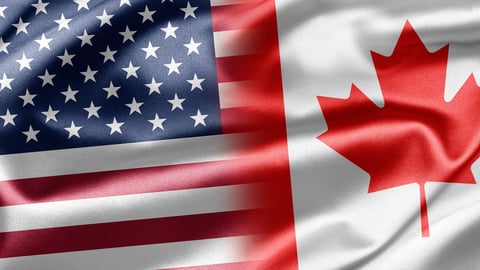Gartner: Here’s how supply chain execs will manage tariff costs
Results of a new Gartner survey shed light on how supply chain leaders plan to mitigate the potential financial impact of tariffs.
Forty-five percent of top supply chain executives recently surveyed by Gartner anticipate passing costs to their customers as their primary strategy for mitigating new tariff costs.
Another 43% of respondents stated they would mitigate the costs through various supply chain initiatives as their primary strategy. These initiatives include (more than one answer accepted):
Renegotiating supplier contracts (47%).
Exploring collaboration opportunities with suppliers (43%).
Addressing country of origin, valuation and other trade management tactics (40%).
Adjusting supply locations outside the U.S. (39%).
Adjusting production locations outside of the U.S. (26%).
Pulling inventory forward (23%)
Top tariff risks
Respondents were also asked to name the most significant risks they associate with new tariffs (more than one answer accepted). The most popular responses include:
- Increased costs (92%).
- Slowing customer demand (75%).
- Overall decrease in customer demand (49%).
- Retaliatory measures impacting international customer demand (45%).
[READ MORE: Consumer sentiment continues to fall amid elevated inflation, tariff concerns]
"Supply chain leaders have many potential levers to pull from in mitigating new costs related to tariffs," said Vicky Forman, senior director analyst, Gartner supply chain practice. "While supply chain leaders have multiple initiatives underway to potentially lessen the impacts, many of these actions have yet to be completed."
U.S. tariff policy – a review
On Feb. 13, 2025, President Trump announced a plan to apply reciprocal tariffs on imports that equal any tariffs or other levies put on those products from the U.S. by other countries as of Wednesday, Apr. 2, 2025.
That plan, which initially went into effect Saturday, Apr. 5. placed a baseline 10% tariff on all goods being imported to the U.S. from other countries, as well as 25% tariff on all imported automobiles.
The 10% baseline did not apply to Canada and Mexico, which are already paying a 25% levy on products they import to the U.S. On Wednesday, April 9, Trump paused the reciprocal tariffs he placed on imports from most countries for 90 days, except goods from China, which have tariffs as high as 145% with exceptions for some specific products.
Study methodology
Gartner surveyed 126 supply chain leaders from March 17, 2025, through April 7, 2025, on their planned responses to new tariff policies and specific mitigation actions. Qualifying organizations reported enterprise-wide annual revenue of at least $50 million, with 83% of respondents coming from organizations with $1 billion or more in revenue.




